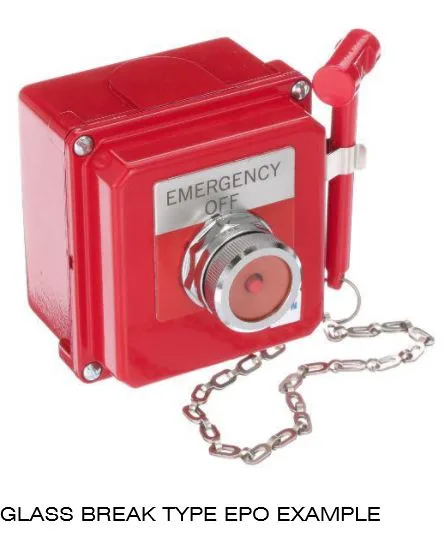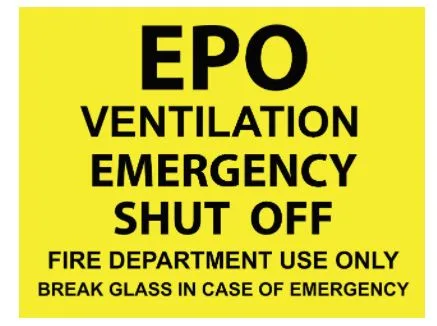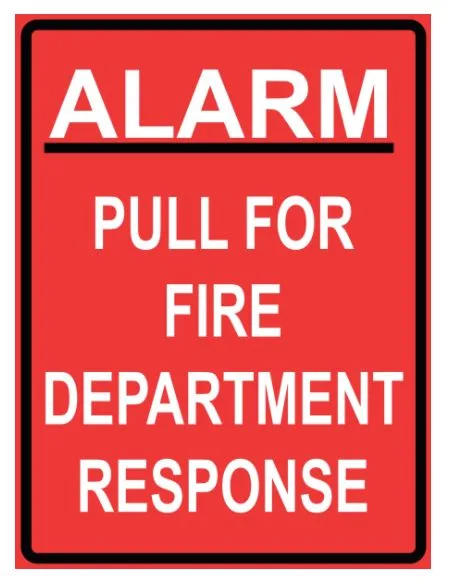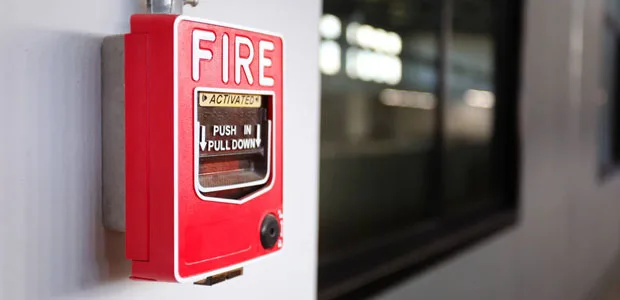
This post provides an overview of the alarm requirements in a distillery, when the apply, and how they apply. This article is based on 2018 IBC & IFC.
When do alarms apply?
Alarms come into play when a distillery is designated as an H occupancy. This occurs when the MAQ (maximum allowable quantity) of 240 gallons (in a sprinklered building), of 16% ABV or greater alcohol is stored or used.
Code mandates emergency alarms for an H-3 distillery, which is different than fire alarms. Industry convention has established the color for HAZMAT as yellow or amber. Health or medical is green and the color blue is traditionally for other information, such as tornado alarm.
Unless the AHJ has an already established policy for Emergency Alarms associated with potable ethanol production and storage, we recommend that the emergency alarm be the same as the fire alarm system. Pull stations and other appliances to be colored red. Strobes to be clear or white. The signal transmitted through the central monitoring station the same as that for fire.
The reason we recommend this for potable ethanol is that a spill or leak of that material does not, in and of itself, constitute an emergency situation that requires fire department response. An emergency situation only occurs if the ethanol is on fire. Water is the preferred means of extinguishing an ethanol fire. If water is the standard means by which the fire department will fight a fire, the department would not need to be advised that the fire is HAZMAT related. Some types of hazardous materials, such as caustics, water reactive materials, or those posing a health threat do require the responding department to make special preparations to fight a fire involving those materials and/or respond in the event of a non-fire related emergency.
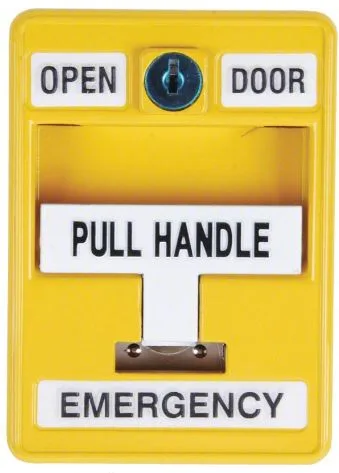
Ultimately, it will be up to the AHJ, typically the local fire department, whether they want you to have yellow emergency/ hazmat alarms, or red fire alarms.
Alarm Devices and Locations
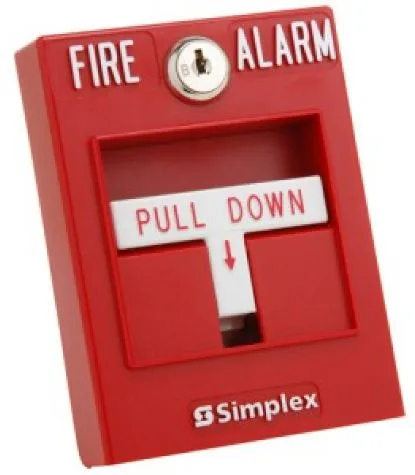
Alarm devices at an H-3 distillery typically include pull stations, horn/ strobes, and EPO’s (Emergency Power Off). Pull stations should be placed at each exit from the H-3 area, preferably just outside the exit door. If an exit door leads directly outside, the pull station can be on the inside for security reasons. EPO’s allow the fire department to power off the ventilation, and should be placed in the same place as the pull stations. Signs, as shown below are advised to correspond with the alarm devices. Horn strobes should be placed in each room within the H-3 area. For further information and details, reference NFPA 72, National Fire Alarm and Signaling Code.
